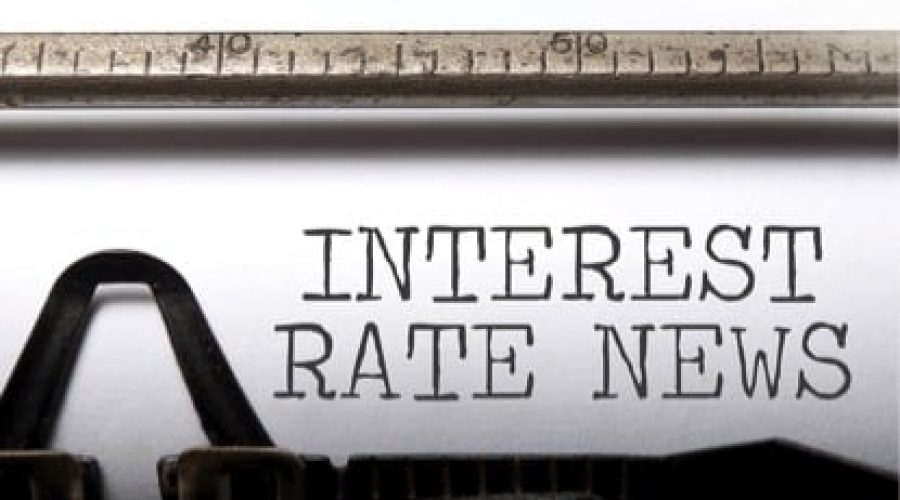Australian shares and the residential property market had a pretty good year in 2016, but this year may well be different if interest rates rise.
The Reserve Bank of Australia’s official cash rate is currently 1.5 per cent and is the lowest it’s ever been since data was collected.
This has meant that mortgage rates, which are influenced by the direction of cash rates, are also at very low levels and have been for many years since the end of the financial crisis.
But times are starting to change. Economists are divided on whether they see rates remaining on hold for much of this year before rising at the end of the year or in 2018.
This could mean that any rate rise is some time away yet, but it’s not a certainty and it doesn’t mean that the major banks or smaller home lenders won’t act out of sync by getting in early and raising rates independently of the RBA.
So what does this mean?
Interest rates affect property far more than shares and this means there’s a good chance that property appetite and prices will be affected.
In the year to the September quarter of 2016, the nation’s capital city house prices rose 1.5 per cent, according to the Australia Bureau of Statistics. Sydney and Melbourne were the strongest among all cities with 2.6 and 1.7 per cent price gains respectively.
Mark Wills, managing Director of State Street Global Advisors and head of the Investment Solutions Group, Asia Pacific says rising rates are bad in the short term for two reasons.
“Firstly if rates rise then it increases the return required by investors to hold the property. Secondly the net income of a property includes all the financing costs of a it, so if rates rise the total cash flow falls.”
What happens when rates rise?
If interest rates start to climb, then rental yields on property could also fall. This means less income in the hands of property market investors.
Rising interest rates also tend to scare off the number of potential property buyers as finance becomes harder to service and get.
If interest rates are high then cash could be a relatively better investment from an income perspective.
If over the course of rising interest rates, share markets also gain because the market thinks economic conditions are healthy, this could result in the market becoming overpriced and then the dividend yields of shares will be lower.
So if interest rates are much higher than dividend yields it could indicate an overvalued equity market and this would make shares prone to a sell off.
In 2016, Australian shares, as measured by the S&P/ASX 300 returned 11.8 per cent back to investors.
Mr Wills says regardless of what happens with interest rates in the near future, investors need to consider the risks and return characteristics of shares and property before investing.
Risks with shares
- Highly volatile and subject to large downside moves
- Prone to periods of excessive enthusiasm or bubbles
- Correlations to interest rates vary in different periods
Returns of shares
- Shares tend to be linked to the economic cycle
- Can grow in excess of inflation
- Pay dividends
- Usually very liquid
- Offer diversification benefits
- Are able to be purchased in small increments
- Can have extremely strong returns in a single year
Risks with property
- Prone to periods of excessive enthusiasm or bubbles
- Tend to have long slow periods of volatility and then periods of either irrational exuberance or depression
- Require large amounts of capital versus share investing if investing directly
- Less diversification than shares
- Highly correlated with interest rate returns
- Additional supply coming onto the market depressing rental yields
- Zoning and regulatory frameworks
Returns of property
- Can grow in excess of inflation
- Growth rate periods are longer and slower than for equities
- Can exploit long term market opportunities, that is a part of a city becomes fashionable and so property prices rise
- Good properties can generate higher rental yields and valuations simultaneously













